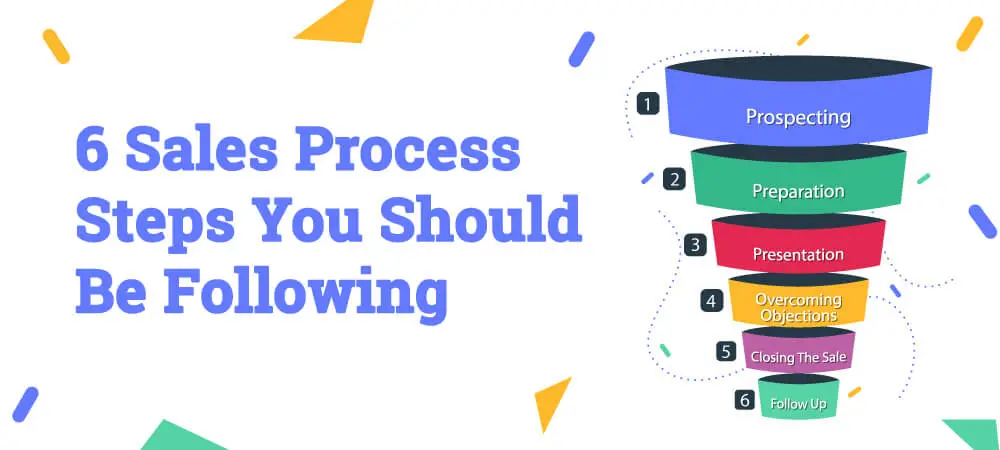What role does storytelling play in sales?
What role does storytelling play in sales? #Influencing potential customers through compelling narratives is a powerful tool in the world of sales. Storytelling goes beyond relaying information; it captivates an audience, creates an emotional connection, and ultimately drives purchasing decisions. In this blog post, we will explore the significant impact storytelling has on sales and uncover strategies for utilizing this technique effectively in your sales approach.
Key Takeaways:
- Establishing connection: Storytelling helps sales professionals establish an emotional connection with their prospects by creating a relatable narrative.
- Building trust: Sharing stories can help in building trust with customers as it allows them to see the real person behind the sales pitch.
- Engagement: Stories capture attention and engage the audience, making the sales process more memorable and impactful.
- Illustrating value: By weaving stories into sales pitches, professionals can effectively illustrate the value and benefits of their products or services.
- Overcoming objections: Storytelling can be used to address objections, showcase successful use cases, and provide solutions in a more compelling manner.
The Psychology of Storytelling in Sales
Emotional Engagement and Persuasion
An vital aspect of storytelling in sales is emotional engagement. By crafting narratives that resonate with your audience on a personal level, you can evoke emotions that help create a connection and build trust. Emotional engagement is key to persuading potential customers to take action, as it taps into their feelings and motivates them to make a decision.
Building Trust and Credibility
Psychology plays a crucial role in using storytelling to build trust and credibility with your audience. By sharing authentic and relatable stories, you can humanize your brand and establish a sense of transparency. Customers are more likely to trust a company that shares stories that align with their values and experiences, creating a lasting relationship built on authenticity.
A genuine story that showcases your company’s journey, values, or customer success stories can help to establish credibility and expertise in the eyes of your audience. By demonstrating how your product or service has positively impacted others, you can instill confidence in potential customers and differentiate your brand from competitors.

Storytelling Techniques for Sales Success
Crafting a Compelling Narrative
Sales success relies heavily on the ability to engage potential customers through storytelling. Crafting a compelling narrative involves capturing the audience’s attention from the start, establishing a connection by empathizing with their challenges, and showcasing how your product or service can provide the solution they need. By weaving a story that highlights the benefits and results of working with your offering, you can effectively convey value and build trust with your prospects.
Utilizing Metaphors and Analogies
Storytelling in sales becomes even more powerful when you incorporate metaphors and analogies to simplify complex concepts and make them relatable to your audience. By using familiar comparisons, you can help prospects better understand the unique selling points of your offering and envision how it can address their specific pain points. This technique not only makes your pitch more memorable but also enhances the persuasive impact of your sales narrative.
Another vital aspect of utilizing metaphors and analogies in sales storytelling is the ability to tailor them to resonate with the individual needs and preferences of your prospects. By customizing your metaphors to align with their industry, challenges, or goals, you can create a more personalized and engaging sales experience that speaks directly to their interests and concerns.
Integrating Storytelling into the Sales Process
Identifying the Right Moment for a Story
Many sales professionals often wonder when is the right time to incorporate storytelling into their sales pitches. To make the most impact, it’s crucial to identify key moments during the sales process where a compelling story can be shared to connect with the customer on a deeper level. These moments could be during the introduction, overcoming objections, or showcasing the product’s benefits.
Storytelling Across Different Sales Channels
With the advent of technology and multiple sales channels available, it’s vital for salespeople to adapt their storytelling techniques to different platforms. It’s important to tailor stories for in-person meetings, phone calls, emails, social media interactions, and even webinars. Each channel offers a unique opportunity to engage with customers and demonstrate how your product or service can solve their problems.
It is crucial to understand the nuances of each sales channel and craft stories that resonate with the target audience in that specific medium. By utilizing storytelling effectively across various channels, sales professionals can build stronger relationships, drive customer engagement, and ultimately increase sales conversions.
Measuring the Impact of Storytelling on Sales
Key Performance Indicators for Storytelling
Impactful storytelling in sales can be measured through various Key Performance Indicators (KPIs) such as conversion rates, engagement levels, and customer feedback. Monitoring these metrics allows sales teams to gauge the success of their storytelling efforts and make adjustments as needed to optimize results.
Continuous Improvement and Storytelling
Sales teams should constantly strive for continuous improvement in their storytelling techniques to drive better results. By analyzing data, seeking feedback, and sharing best practices, sales professionals can refine their storytelling skills and enhance their impact on potential customers. This continuous improvement mindset is crucial for staying ahead in the competitive sales landscape.
Final Words
Summing up, storytelling plays a crucial role in sales by creating an emotional connection with customers, helping them understand the benefits of a product or service, and making the buying experience memorable. By weaving stories into sales pitches, presentations, and marketing materials, businesses can engage with their audience on a deeper level and stand out in a competitive market. To learn more about why storytelling is important in sales strategy, check out How do you set and achieve sales targets.
For services related to sales training visit us on Pulse Business







